Epacris are simply delightful at this time of year, their long prickly stems get covered in dense clusters of small bell flowers, brightening any dull Winter day. There are many different Epacris species and they can be found growing as an under-storey in heathland in NSW, Victoria, Tasmania and South Australia, often on damp sandstone cliff faces and rock ledges. However they are a very satisfying native plant to grow in the garden with their long flowering period and pretty bronze new growth.
The photos in this post are of Epacris impressa ‘Bega’ and Epacris longiflora x reclinata, two of the more reliable forms of Epacris in cultivation. If you are looking for a native that is happy in well drained soil or even to put in a pot, these are a great choice.
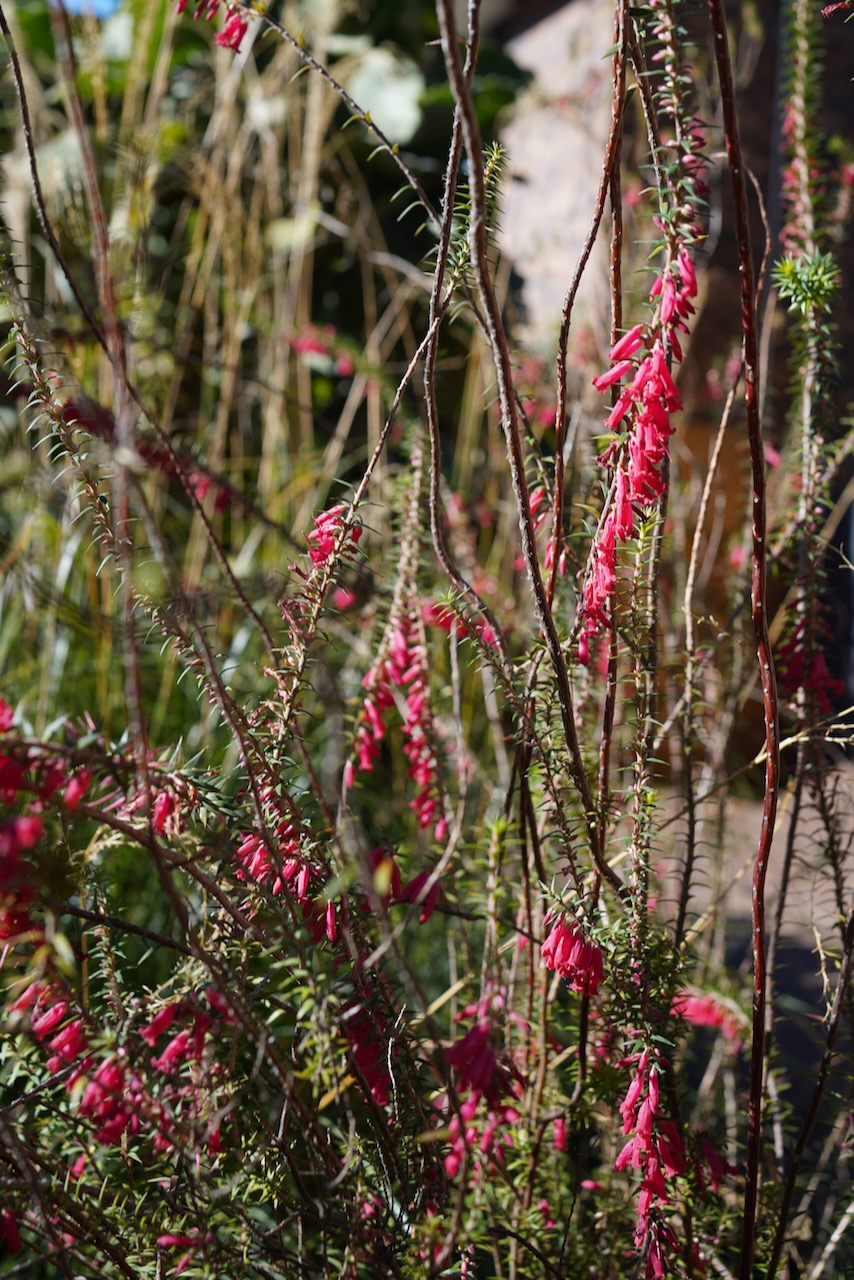
Eparis impressa is a small to medium shrub with plenty of bright red tubular bell flowers from Autumn to Spring, with its biggest show in Winter.
Epacris impressa became the floral emblem of Victoria in the 1950’s and grows well with reloiable moisture and good drainagae.
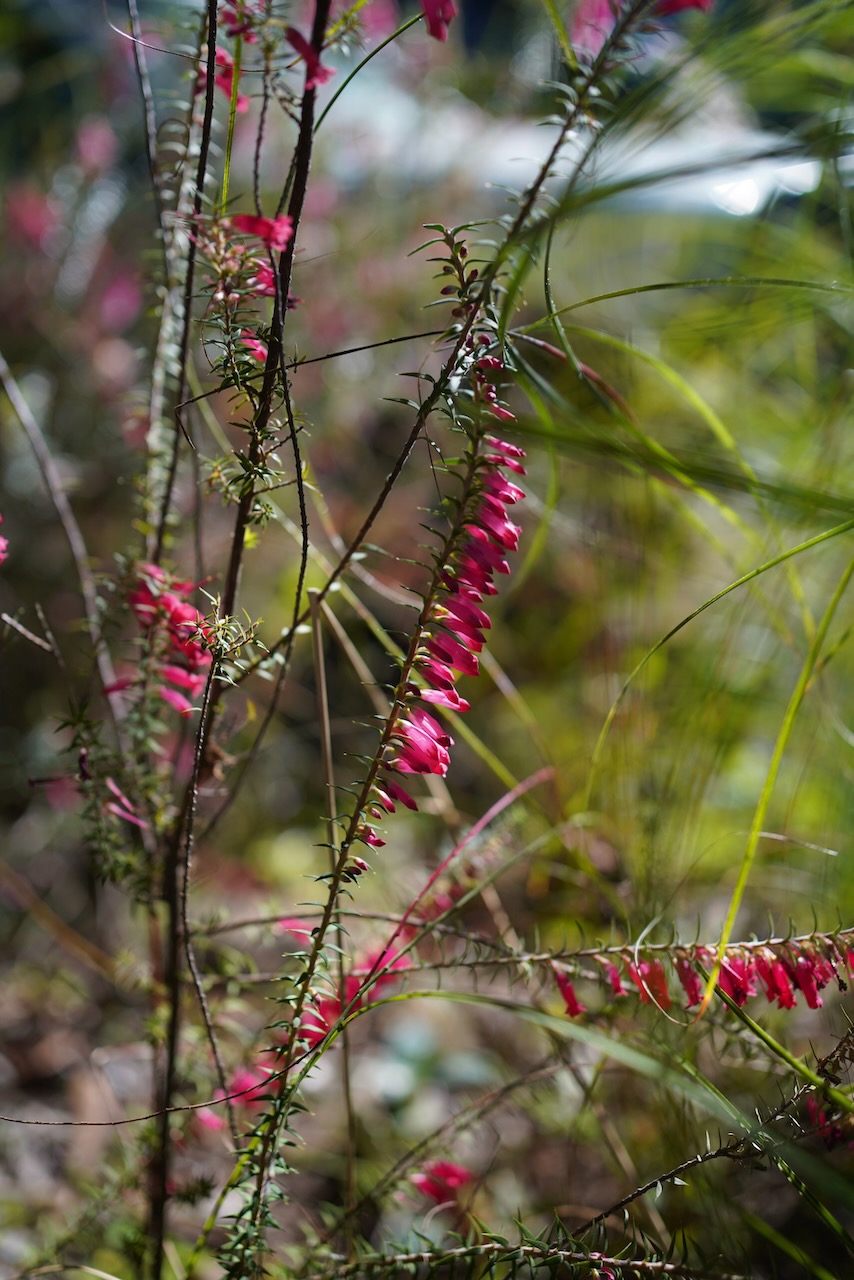
Growing from 1-1.5mt tall and 1m wide, it is highly suited to a native or non native cottage or flower garden. Children also love looking and picking these flowers and if you suck them after they are fully open they will give quite a sugar hit. They therefore make an excellent choice for a discovery or sensory garden.
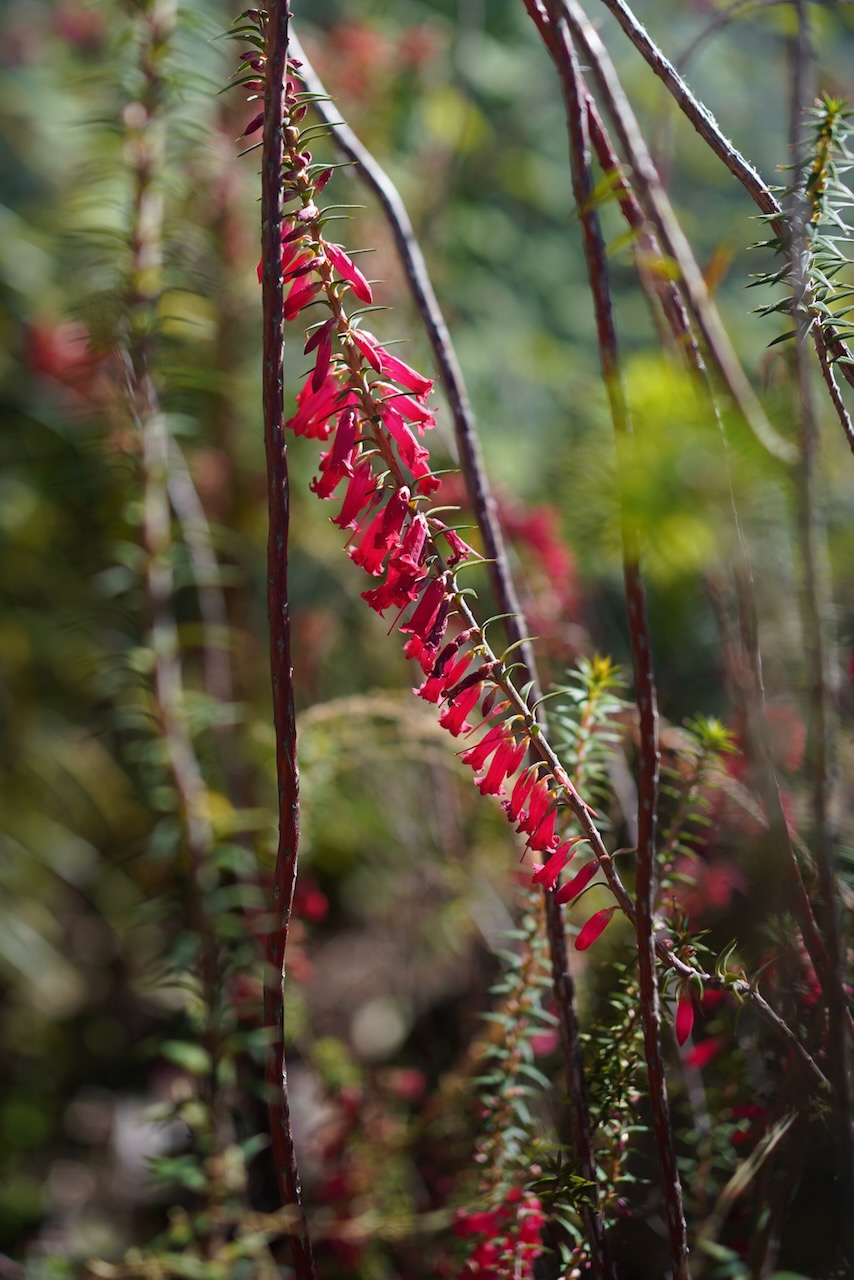
The specific name impressa, Latin for ‘impressed’ or ‘indented’, refers to five dimples on the outside of the basal part of the floral tube. If planted in the ground mulch around the base to help keep cool and moist. Prune after flowering to remove dead flower stems and encourage a more compact shape.
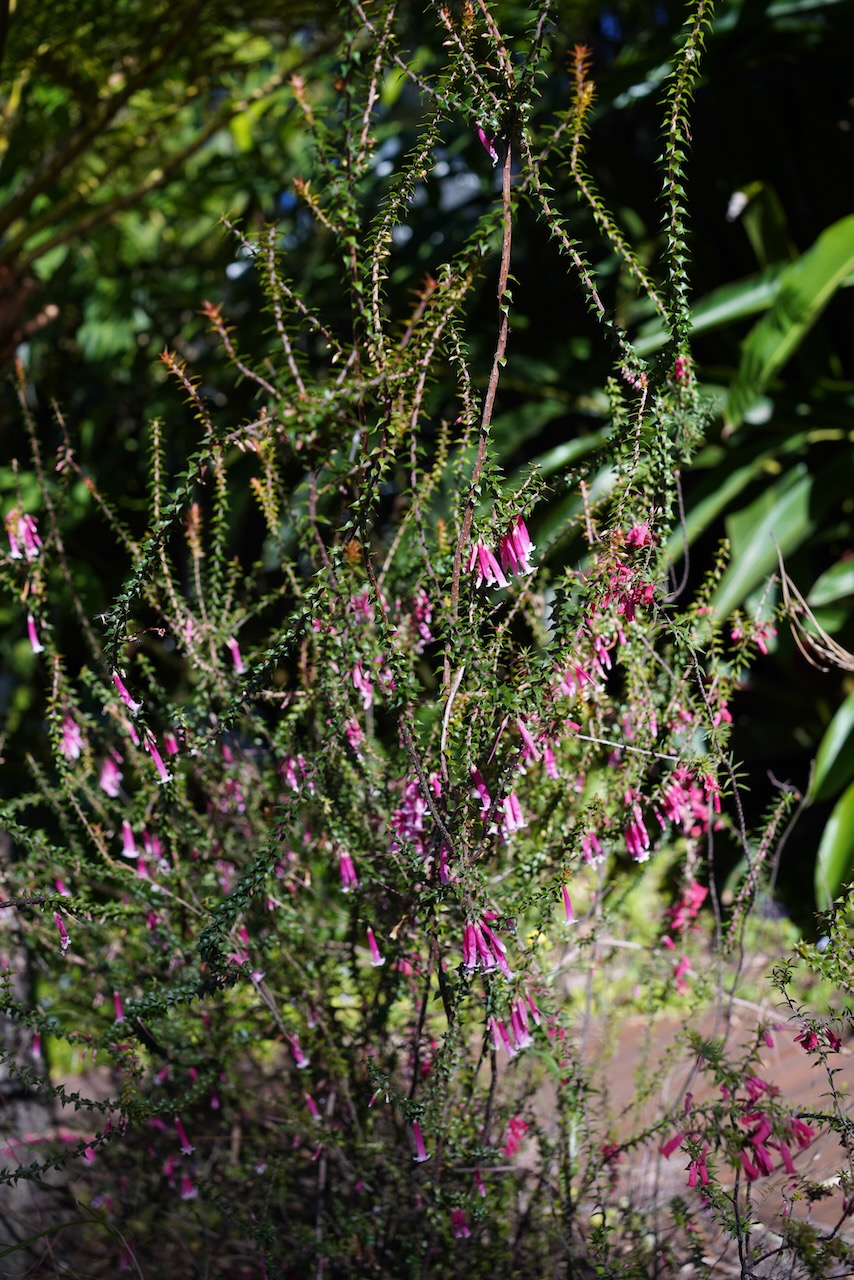
Now for these white tipped ‘Pan Pipes’, with their long flowering display through Summer, Autumn and Winter. This is part Epacris longiflora which can be found around Sydney growing on moist sandstone, however by crossing it with reclinata the flowers are more a shade of pink rather then the traditional red.
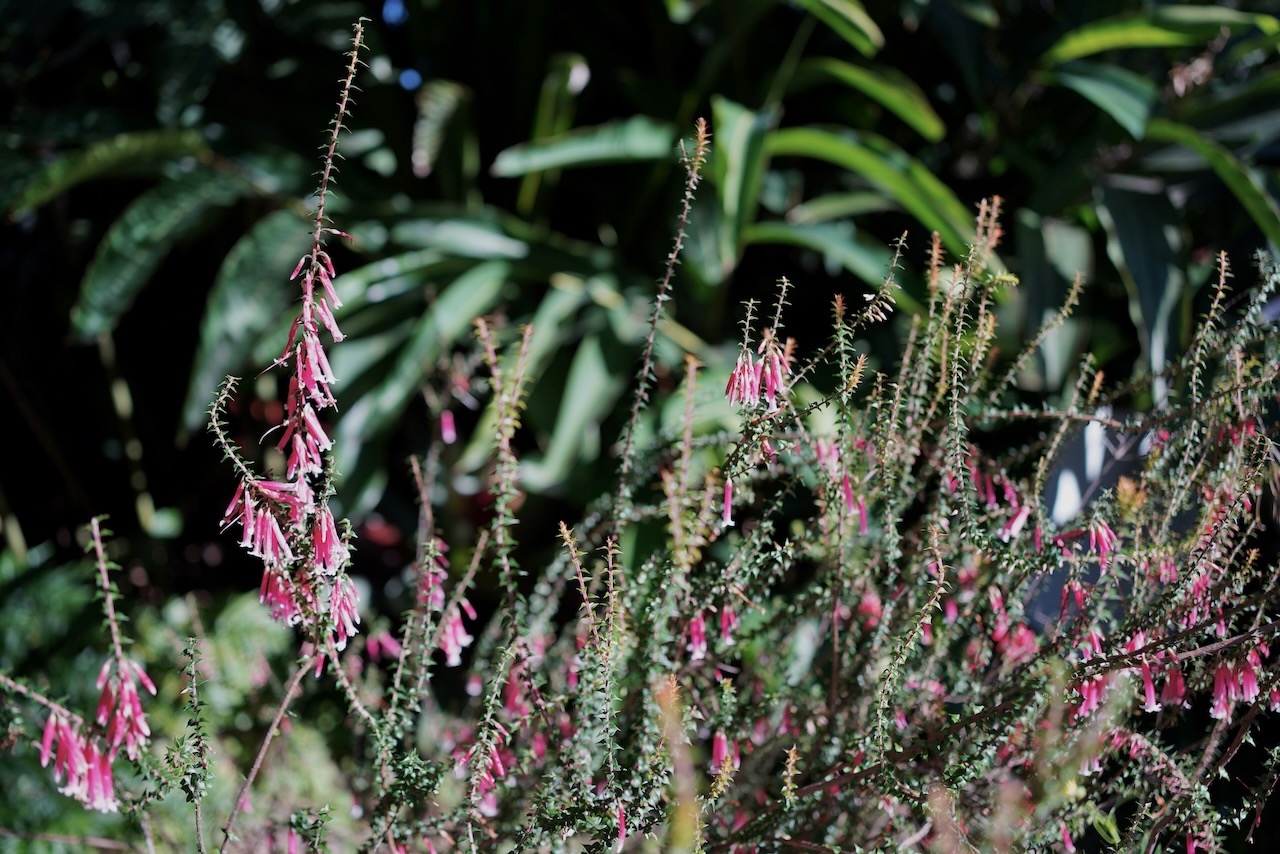
All Epacris species are reasonably short lived, they must get tired after spending most of their life in bud 😉 therefore I would recommend planting them amongst other more dense shrubs. That way they can pop their wirey stems up into the sun and do thier thing and when they finish you are not left with a hole in the garden bed, this is how they also tend to grow in the bush.
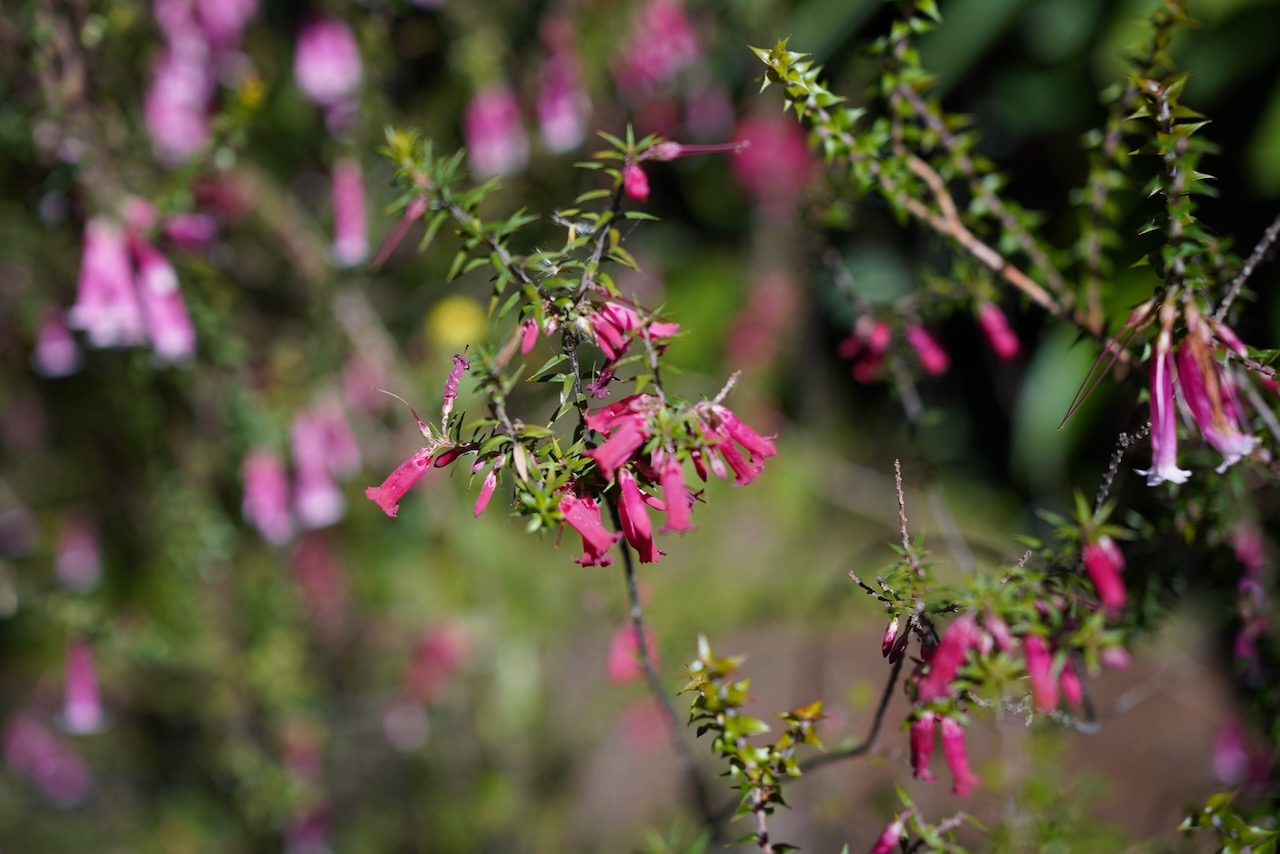
The images of these Epacris are taken in my friends front garden where they have been planted amoungst Salvia, cactus and native grasses, making a wonderful naturalistic tangle.
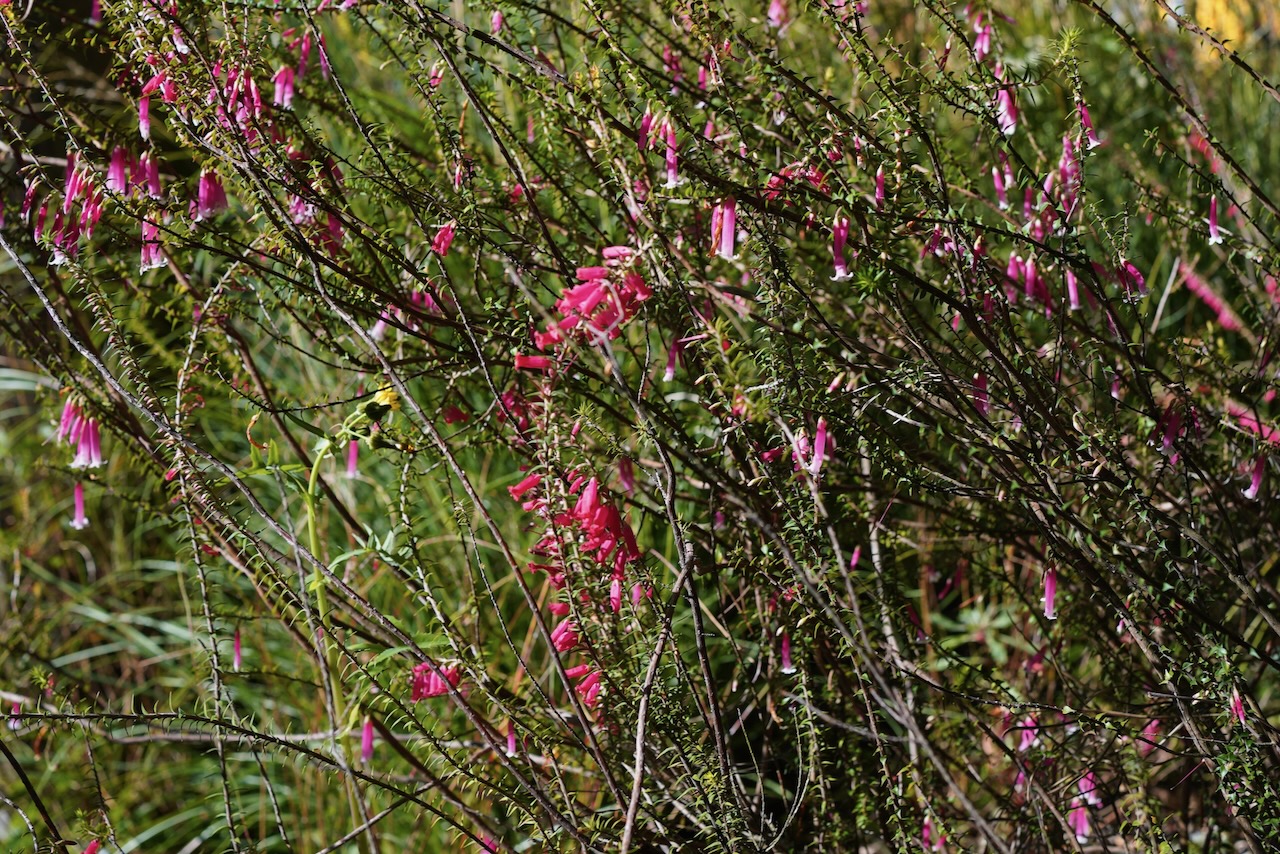

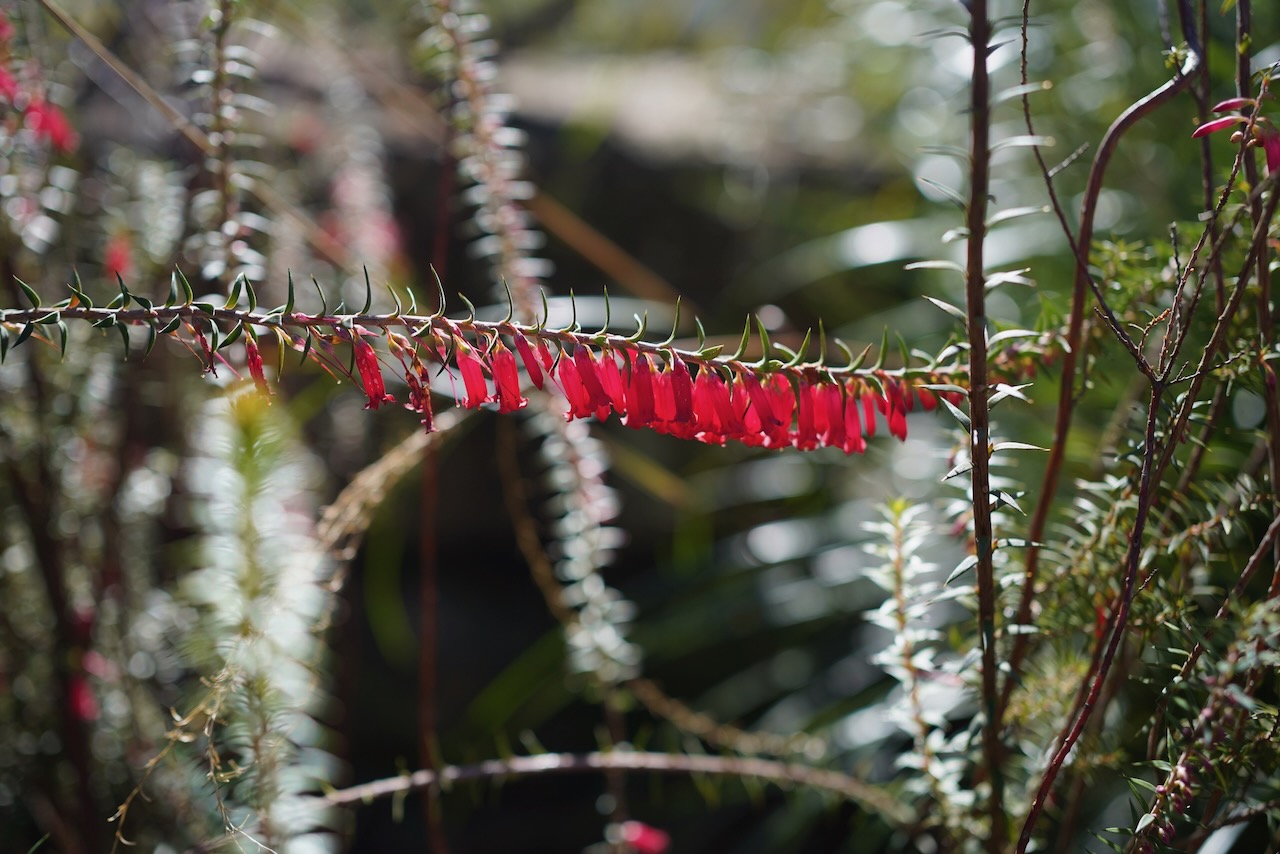

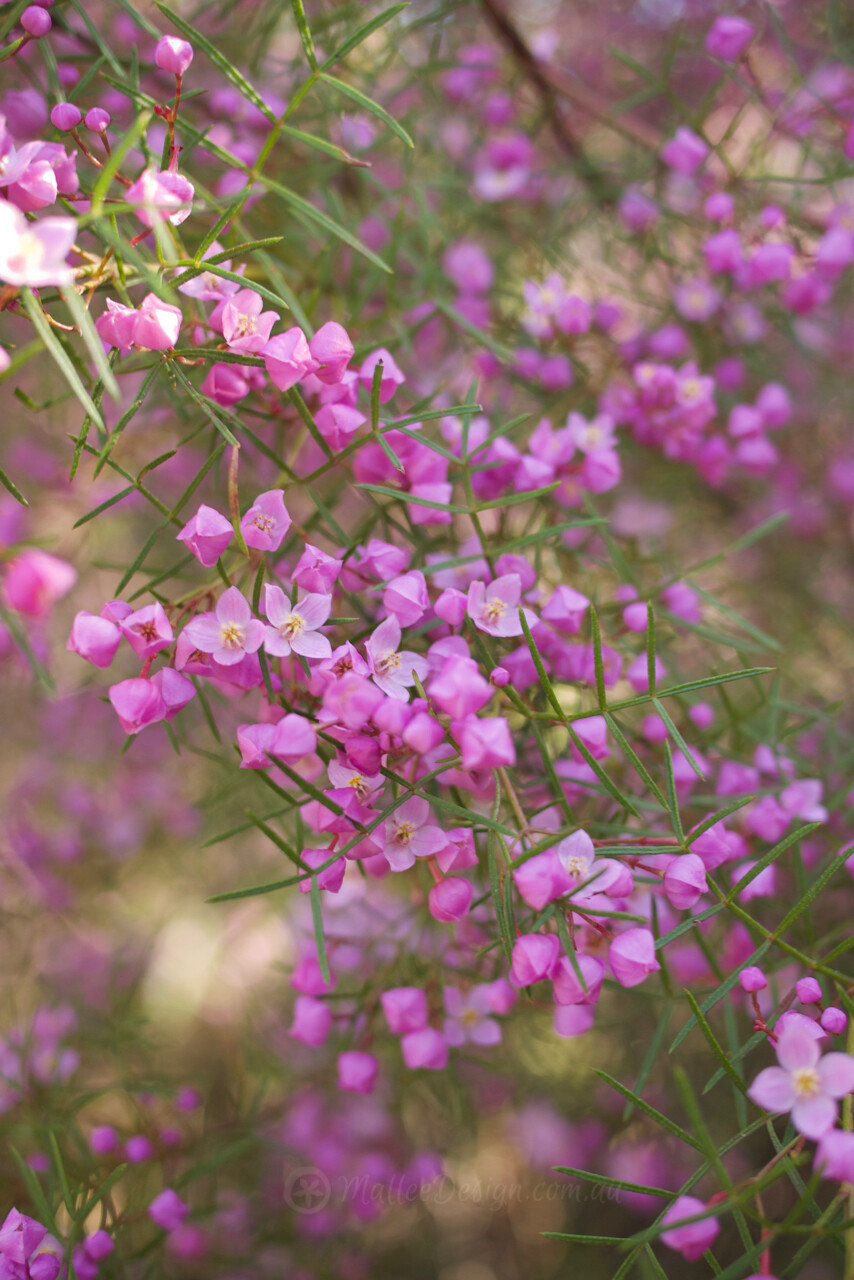
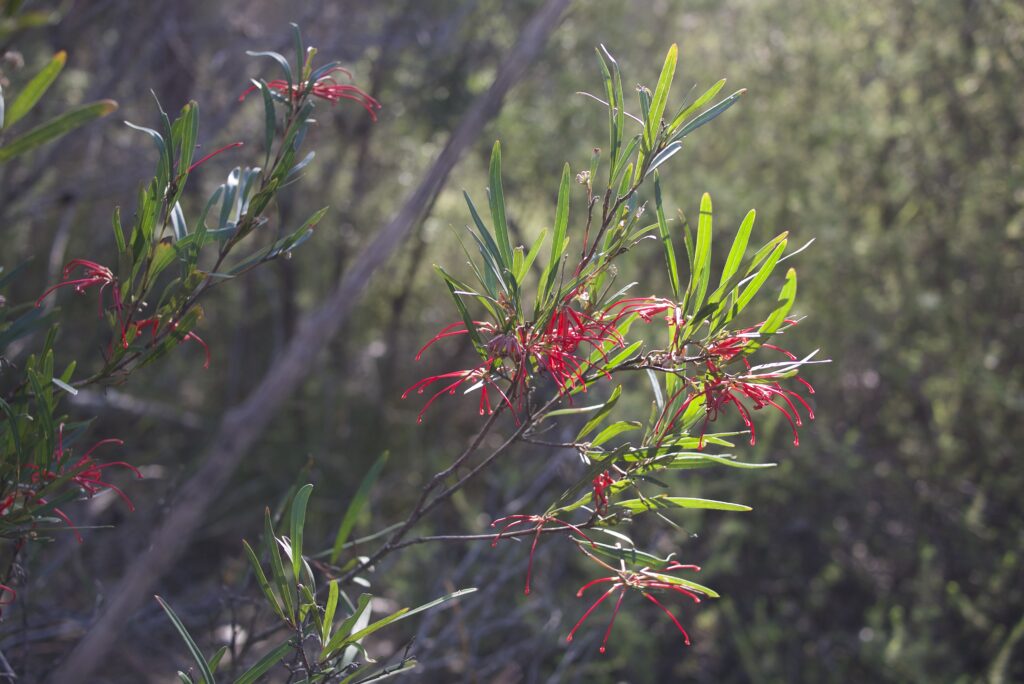
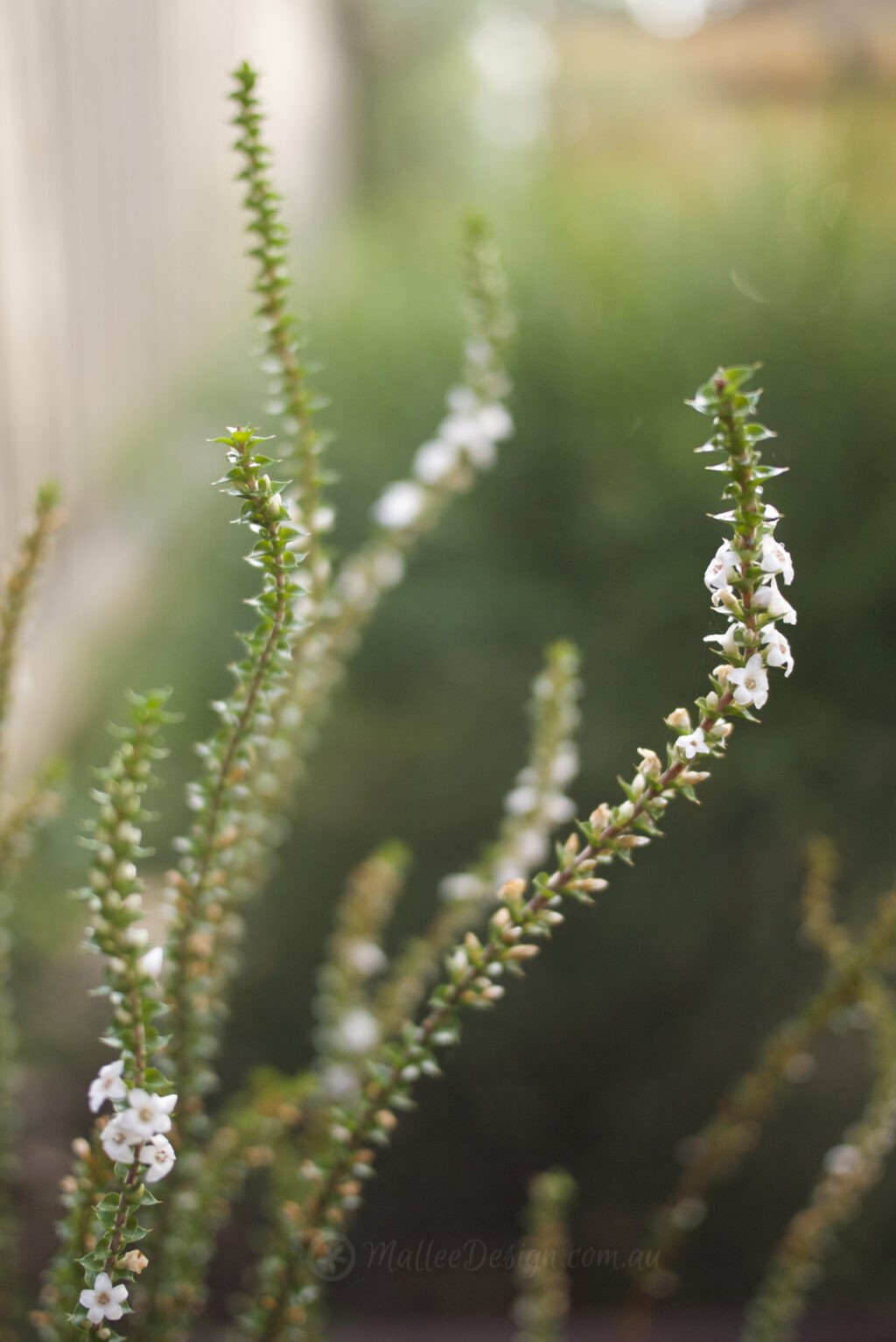
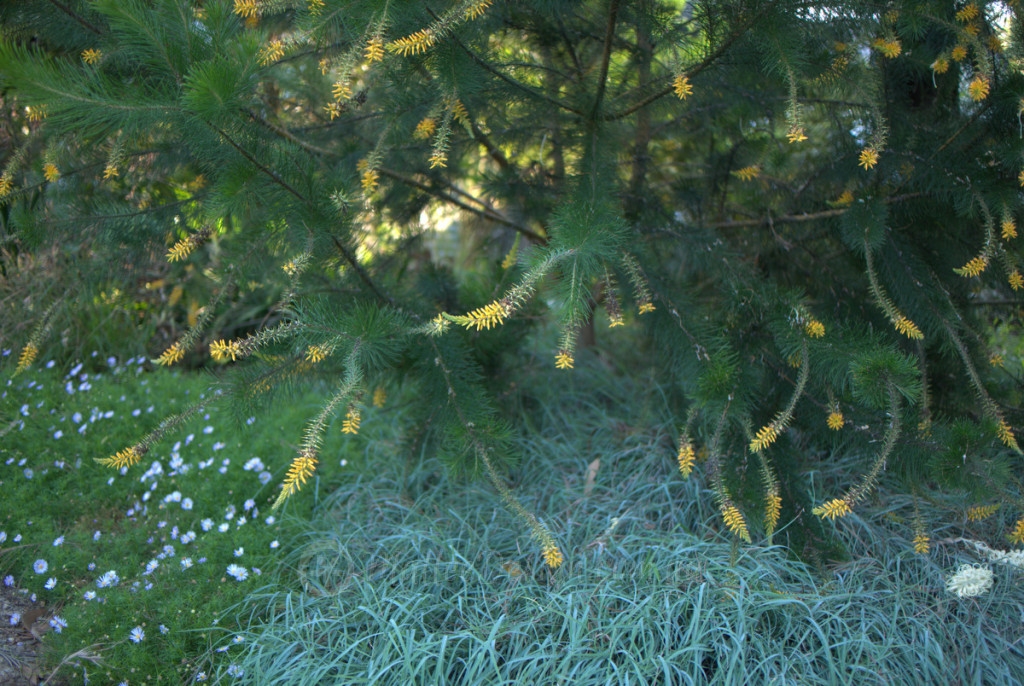
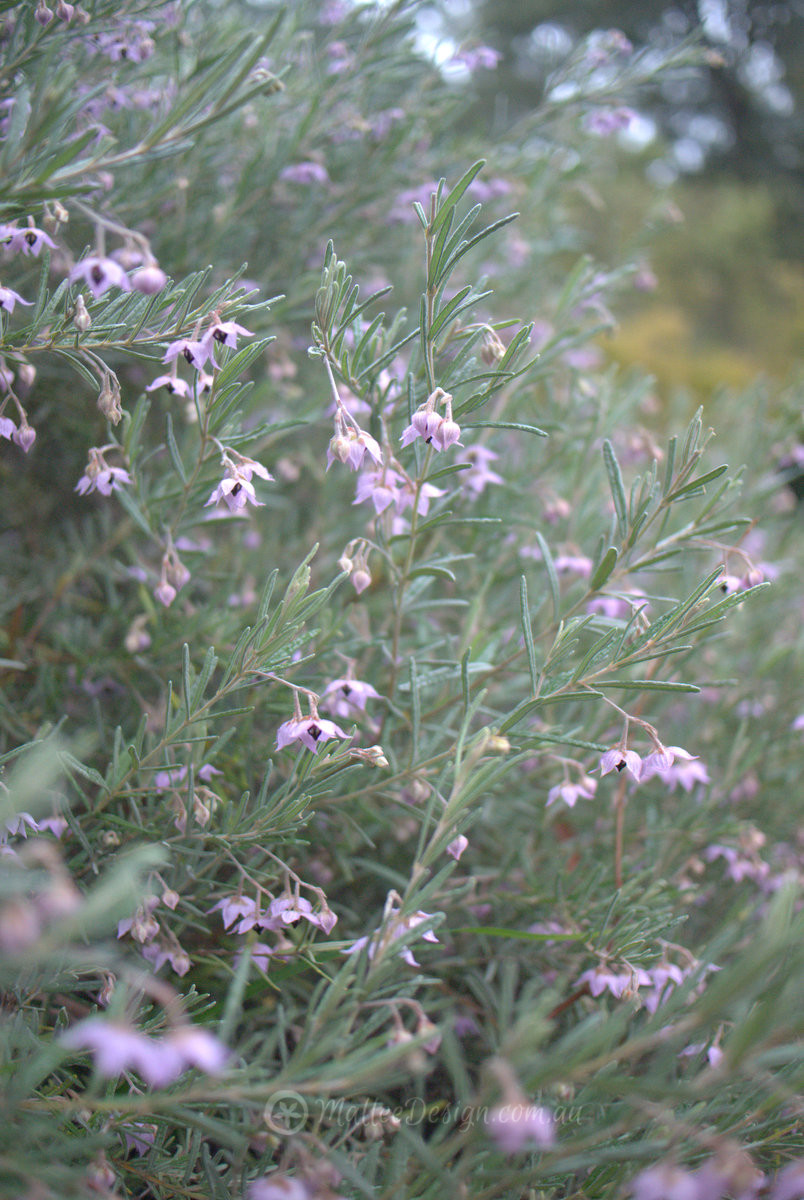
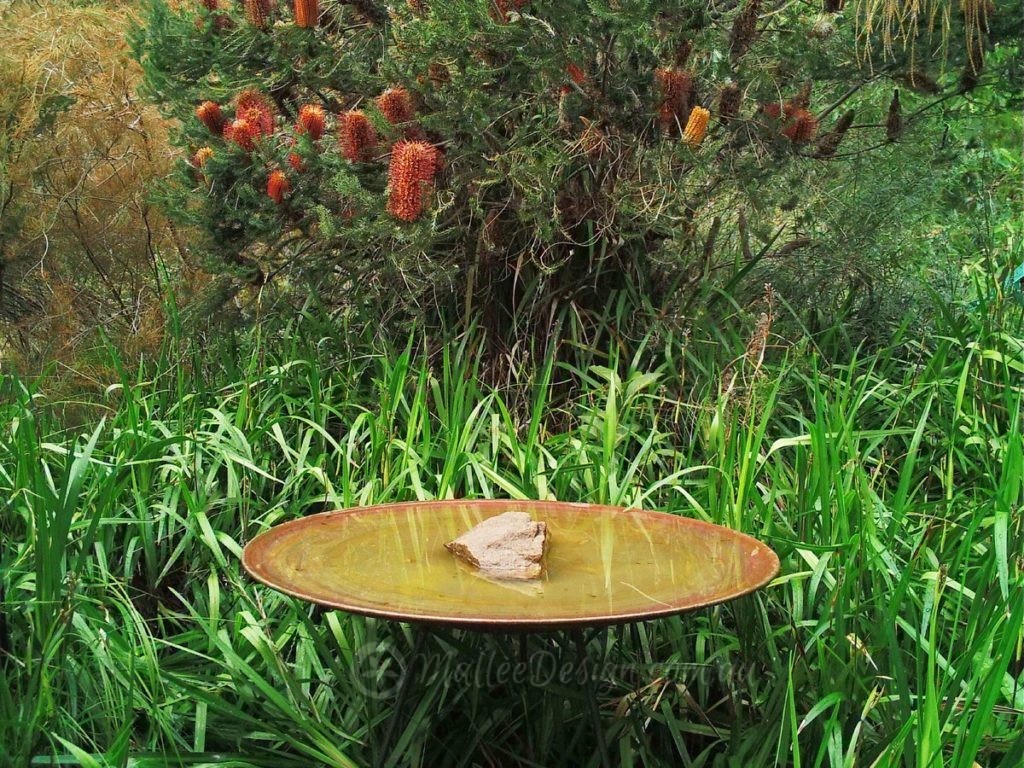
Leave a Reply